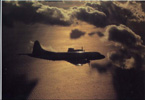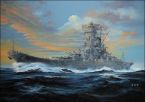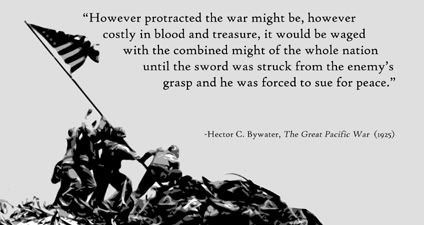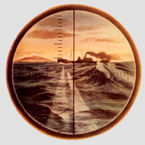ChezDaJez
Posts: 3436
Joined: 11/12/2004
From: Chehalis, WA
Status: offline

|
quote:
There's also the discussion about Radial vs. Inline engines (most German planes were inline, most Japanese were Radial). I think Radials had less HP, but stood up to the tropical climates much better (I may be way off, anyone is welcome to tell me I'm full of crap).
Wasn't so much the tropical environment as it was the carrier environment. Both the US and Japan used radials in their carrier aircraft. That's why you didn't see any inline engine aircraft on their carriers. I believe the only inline engine aircraft used on carriers were the Spit and Sea Hurries. Carrier aircraft required shorter noses for better visibility while landing on carriers. They were also much better at deflection shooting than inlines for the same reason. Radials were also much easier to repair, could take substantially more damage and took up less longitundinal airframe space.
However, inline engines developed more power pound for pound and the aircraft they were installed on were faster due to better streamlining. They were also more prone to maintenance failures and overheating. The radiators were quite vulnerable to battle damage, especially in the ground attack role.
Chez
_____________________________
Ret Navy AWCS (1972-1998)
VP-5, Jacksonville, Fl 1973-78
ASW Ops Center, Rota, Spain 1978-81
VP-40, Mt View, Ca 1981-87
Patrol Wing 10, Mt View, CA 1987-90
ASW Ops Center, Adak, Ak 1990-92
NRD Seattle 1992-96
VP-46, Whidbey Isl, Wa 1996-98
|
 Printable Version
Printable Version























 New Messages
New Messages No New Messages
No New Messages Hot Topic w/ New Messages
Hot Topic w/ New Messages Hot Topic w/o New Messages
Hot Topic w/o New Messages Locked w/ New Messages
Locked w/ New Messages Locked w/o New Messages
Locked w/o New Messages Post New Thread
Post New Thread